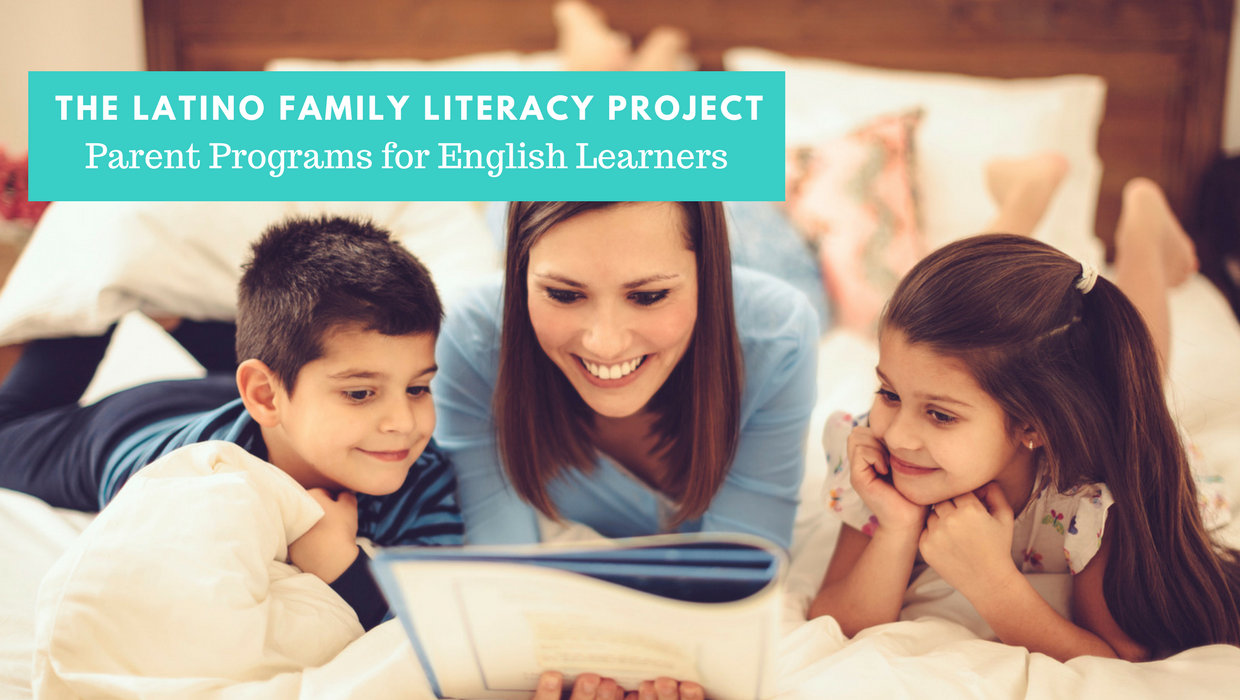Understanding Basic Terms and Definitions for English Learners 
The following are some terms that you’ve no doubt heard before, but you may be unclear on the definitions that are associated with each of them. This primer should help to better delineate between the most commonly used acronyms and jargon that parents and teachers alike might find confusing.
ESL: English as a Second Language This acronym refers to students who live in an English-speaking country and are enrolled in English-language programs where they are taught how to read, write, and speak English. ESL may refer to K-12 students as well as adult learners, and ESL is often associated with special programs in which these students are enrolled to become more proficient with the language. Read more.

ELL: English Language Learner Similar to an ESL, often reserved for use with K-12 grade students, though it may easily describe anyone learning the language. The distinction between ESL and ELL is that the former commonly refers to the curriculum for instruction in which the latter is enrolled.
ESOL: English to Speakers of Other Languages An acronym that further delineates those students who are being taught the English language in an English-speaking country, yet may have prior knowledge of more than just one language. As a result, English may be the third or even fourth language they are learning.
LEP: Limited English Proficient This is a term used to define the level of ability with ESL and ELL students, and it can be applied either before or during their enrollment in an ESL program.
TESOL: Teaching English to Speakers of Other Languages This phrase refers to members of the teaching community who are accredited and qualified to teach English to non-English language speakers.
Standard English vs. Academic English The difference between the two forms of language describes the level of proficiency in ESL and ELL students. The first, standard (or social) English, refers to the skill of usage in everyday situations and casual settings. The second, academic English, is concerned with the level of skill required to succeed in the classroom and places a greater demand on the student to understand grammar and possess a strong vocabulary.
Pull-Out vs. Push-In ESL These are two methods of language instruction for ESL learners. “Pull-out” means that students are removed from their general education courses to receive language instruction from an ESL teacher, with the main drawback being that these students miss out on their lessons in class during this time. “Push-in” is the opposite, with an ESL instructor coming into the classroom to work with ELLs in the same fashion. This can take place while the general education teacher is giving a lesson, or it can take place after the lessons are completed.
If you are looking for bilingual resources for LCAP in California or any bilingual resources for parent engagement, Lectura Books might have what you are looking for!
